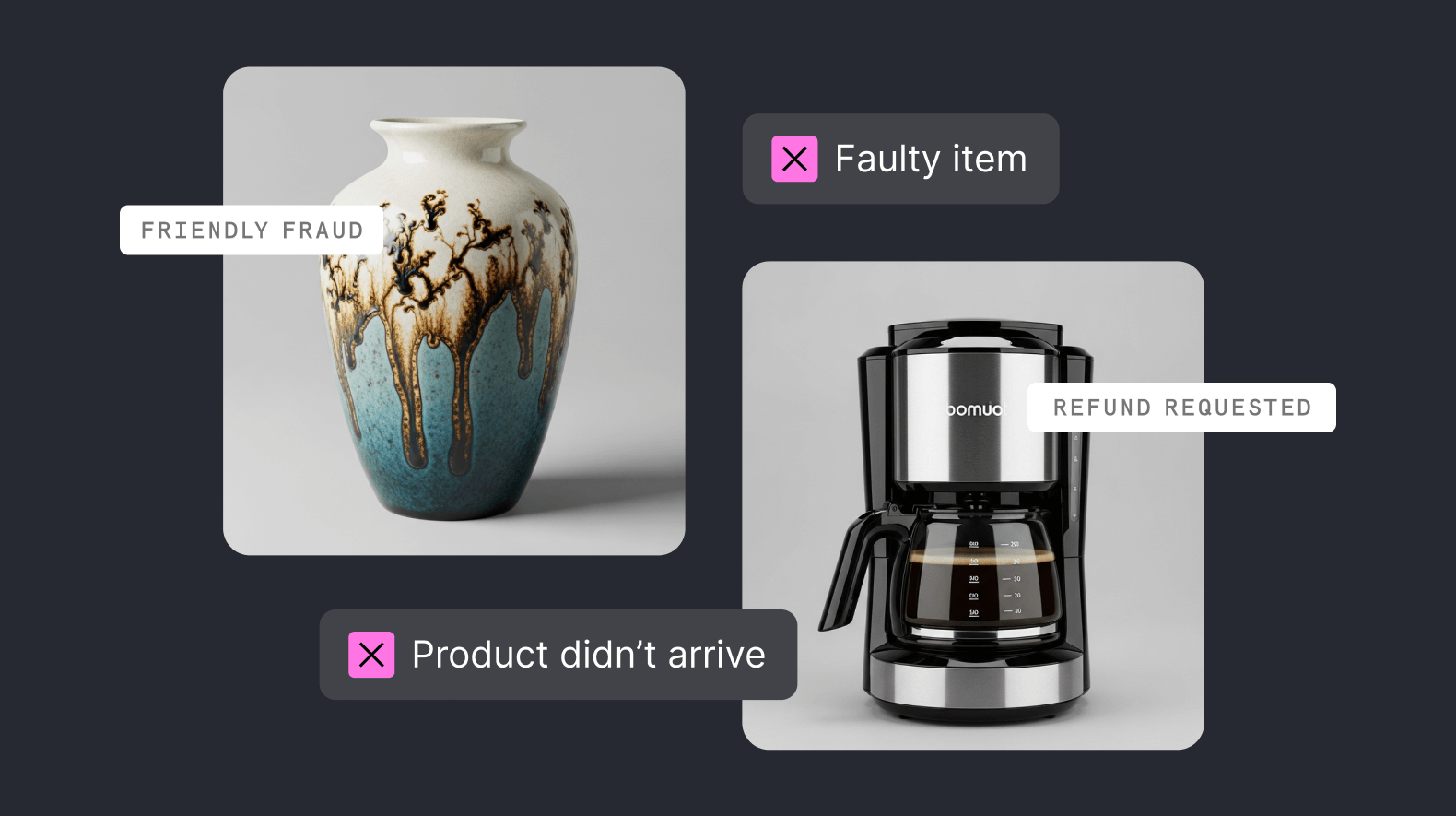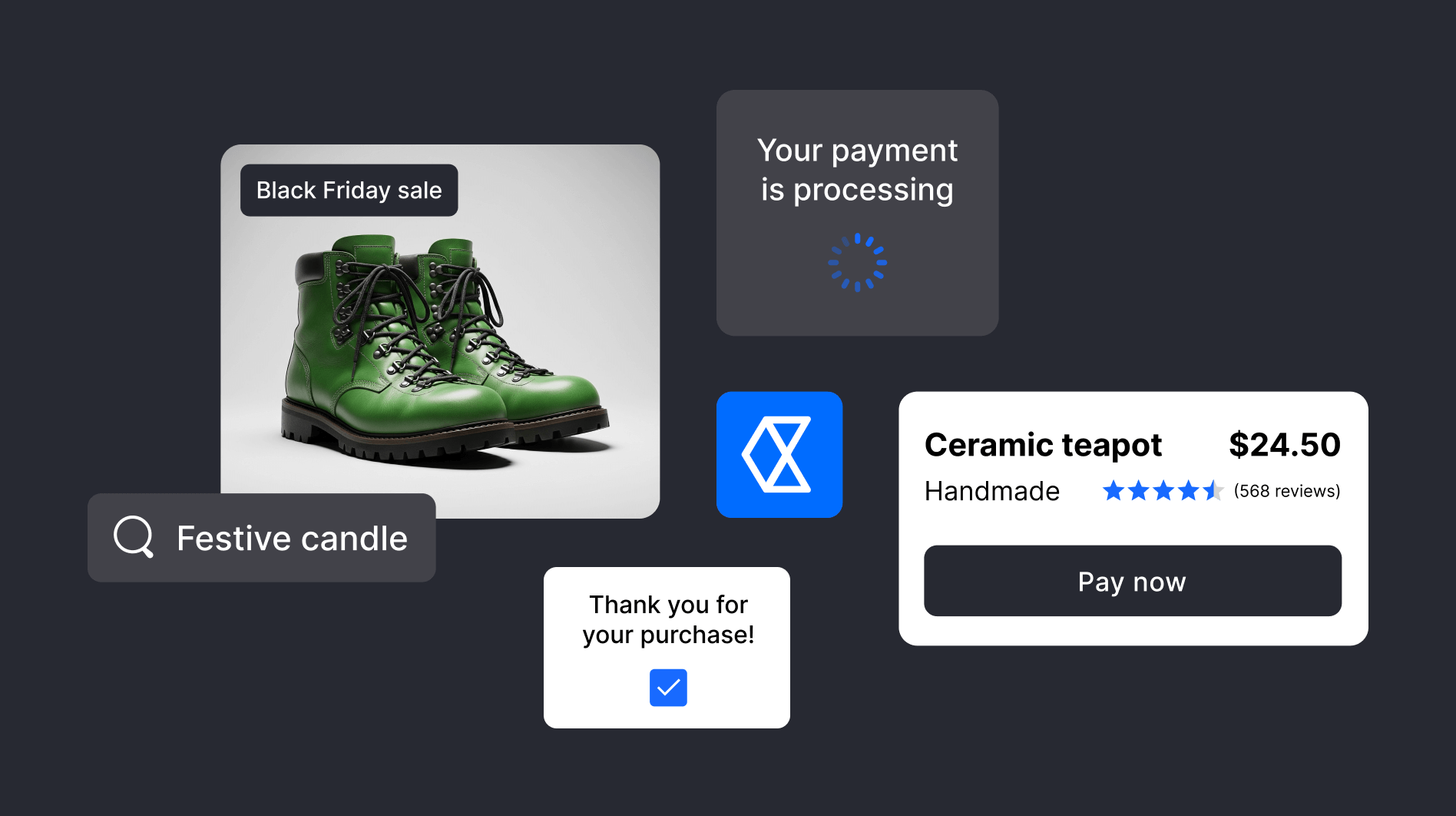In business, the pace of change is quick. All sectors need to be in an ongoing, near-constant process of evolution to keep up – and the payments industry is no different.
Technologies must get smarter. Services must get sharper. And businesses – spurred by an increasingly voracious customer demand for fast, friction-free, and more forward-thinking payments – must be ready to roll with, rather than resist, this refreshing revolution. To see payments not as a cost center, but as a rich, rewarding realm of opportunity.
How, though? Through modernizing how your business accepts payments.
Payments modernization is the process of using innovation to drive payments that are more open, more inclusive, and available not only round the clock, but instantly. At an industry level, payments modernization has worn the face of developments such as real-time payments – now available in 70 countries across six continents – and also includes the industry’s switch to global standards such as IS020022.
But how can you, as a business, modernize your payments setup? And do so not for the sake of “staying relevant”, or simply to keep up with your competitors – but to optimize your revenue, access new services, and glean more insights into your business and customer base?
Below, let’s look at the top five ways in which payments modernization can boost your business’s bottom line in 2024 – and why it doesn’t have to be difficult, or even expensive, to achieve.
Modern PSPs are easier to integrate
All too often, an organization selects a payment service provider (PSP) based on needs identified early in their growth story - but never re-evaluates the relationship. There may be comfort in familiarity, but – if your existing provider hasn’t evolved in tandem with what your business needs from it – it can also represent a weight dragging your business down, and stymying your efforts to innovate.
That said, the obvious solution – switching to another PSP – isn’t all that easy, or affordable, to do; and, if you’re already using multiple PSPs to meet your needs, you’ll be well aware that the onboarding process can be taxing and time-consuming.
The better news is that modern PSPs, such as Checkout.com, know this – which is why we’ve designed our payment solution to integrate simply and seamlessly into your business.
Simply choose your integration method, select which payment methods you want to accept, and consider the wealth of value-added services that can be configured to enhance performance, retain customer loyalty, reduce fraud, and more (we’ll unpack this in much greater detail in the next section). Then, you’re ready to start testing in a sandbox environment – before implementing them for real. Bonus points if you’re using one of Checkout.com’s many partner platforms, which makes the integration process even simpler.

One example of these friction-free, simple integration methods is Flow, the latest product from Checkout.com. Flow consists of customizable building blocks you can embed directly within your website to boost conversion, keep your payments safe and reach new markets.
Like traditional integrated payment gateways, you can customize Flow to fit your brand’s look and feel, without the extensive PCI 4.0 compliance responsibilities these types of payment gateways typically come with. Beyond just cards, Flow can automatically display relevant payment methods and wallets based on customer details - no need to embed multiple buttons or redirects that may not even be applicable to certain customers.
The best part, though? Speed. Flow takes hours – not weeks – of development. It’s not clunky or cumbersome to drop into your website either and, once you’re all set up, will enable rapid access to our global payment network.
It’s just one of the aspects of a modern PSP – and the benefits we can offer your business.

Access to additional services through a single integration
Anyone who owns a set of Scandinavian furniture will be familiar with the concept of modularity: the quality of individual parts to be combined or separated so that they fulfill a specific function in their own right, while also working together as a complete whole.
Well, modularity should also be a core tenet of your payment system, too. And you should, in 2024, be able to tailor your approach to accepting payments to your specific needs – whether that’s trimming back any functionality you don’t need, and bolting on any services you do.
What might these value-added services look like for you? With Checkout.com, they include:
- Intelligent acceptance, which synthesizes advanced AI, global network data, and deep payment expertise to optimize your conversions, compliance, and cost control.
- Network tokens to boost your acceptance rates, drive down cost, improve your payment security, and offer seamless, one-click experiences to your customers.
- Fraud detection, which is built on machine learning to help you manage risks and minimize false positives – all while protecting your business’s revenue and reputation.
What’s more, connecting to these services isn’t a hassle. Our modern processing stack was purpose-built to eliminate the friction and technical overhead associated with managing multiple payment-related services. Simply put: we believe optimizing payment performance, bolstering customer loyalty, and preventing fraud should be as simple as ticking a box.
In this sense, modularity = modernity. So what’s the alternative?

With legacy merchant service providers, accessing separate services isn’t always as simple. If you want to safeguard your payments through a machine learning-enabled fraud detection solution, for example, chances are you’ll have to call a separate API (or worse, connect to a completely different platform) – likewise if you want to use network tokens to store and transmit card data. And what happens if you want to combine all of these services together? A single transaction could now potentially require four distinct API calls.
Part of payments modernization is wrapping the whole experience into a single, stress-free, and straightforward payment flow – which is exactly what we offer here at Checkout.com.
Higher velocity of innovation
Payments modernization is, at its heart, payment innovation. It’s the principle of staying up to date with the latest payment technology as it emerges, and the practice of applying that to the customer experience. But innovation requires change – and traditionally, this hasn’t been a strong suit of legacy merchant services companies.
These organizations operate like the behemoths that they are - drowsily following established, tried-and-tested processes to the same outcomes they’ve seen for decades. In a sense, they’re like old trains: a little slow, and for the most part reliable, but limited by a pre-built network of rails that defines their direction and route.
Modern PSPs, by contrast, operate more like tech companies. This is the approach we’ve taken at Checkout.com: fusing the adaptability and open-mindedness of Silicon Valley’s best with deep payments expertise to offer the best of both worlds. Understanding and paying homage to payment history, but retaining the ability – and the mindset – to learn as we go, and by doing so cut faster, better, and more direct routes toward a modernized payments future.
This is particularly helpful in the B2B space, where digital payments can get your invoices paid faster.
Full-stack PSPs give you better data
In many ways, payments is like a giant chain of interlinked telephones. When a customer initiates a payment with your business, it starts the first phone ringing, in a long, Rube Goldberg-esque chain reaction of calls that – hopefully – ends in a successful transaction.
But what about when it doesn’t? What about when there are too many callers – like payment processors, acquirers, and third-party gateways – in that chain? The message gets lost. And it’s not only your payment acceptance rates that suffer: it’s your revenue, too.
This is why opting for a provider with a full stack payments solution is so important. At Checkout.com, for example, we’re a payment gateway, a payment processor, and an acquirer – all rolled into one. Unlike legacy providers (which are almost universally not full-stack; at least not without a whole bunch of caveats), full-stack PSPs have built, and therefore own, our technology. This means we – and, by extension, your business – aren’t forced to rely on third-party processors or payment gateways to plug the gaps in the communication chain.
The result? A fully modernized, end-to-end payments solution that’s well-equipped to meet the unique needs of your business: both now, and going forward.
A deeper understanding of payments and focus on performance
Here at Checkout.com, we know that where there’s payments, there’s data; and that without that data, it’s extremely difficult to know how successfully your business’s payment strategy – and, by extension, its overall performance – is going.
Payments data is a treasure trove of insights, which you can use not only to improve your business’s numbers, but avoid serious consequences. Consider, for example, the knock-on effect suboptimal acceptance rates could be having on your revenue, or the damning impacts of unaddressed chargebacks or PCI non-compliance on your business’s reputation and professional relationships.
That’s why Checkout.com offers extensive payment analytics. These help you understand, through response codes, why transactions failed. They show you, through country-specific data, where your transactions are coming from – helping you optimize your cross-border ecommerce strategy appropriately. And, through analyzing transaction types, such as one-off or recurring payments, they tell you how you’re doing business – allowing you to drill down into an even more specific set of ecommerce KPIs and metrics.
For us, analytics isn’t a bolt on – it’s integral to everything payment modernization stands for.
That’s why our Intelligent Acceptance solution fuses the knowledge and experience of our own, in-house team of payments experts with that of leading data scientists. We didn’t simply outsource the job to an external team of AI specialists – a team which, in all probability, would have little knowledge of the payments ecosystem – with a brief to build a machine learning model for us. Instead, we in-housed a team of leading data scientists who also happen to be payments experts, and the proof is in the results:
- Up to 9.5% uplift in results achieved for our merchants
- $1.1 billion in recovered revenue for our merchants
- 20 billion – and counting – data points used to train our AI models (Between 2022 and 2023 for BETA Checkout.com merchants)
Think back to the legacy merchant services providers we’ve discussed at length so far. Most of these companies have a lot of people working for them in customer-facing roles who don’t actually understand payments. Sure, they’ll be able to help get your payment gateway back online if it crashes, or troubleshoot more basic issues. But what about when you need to drill down into dwindling authorization or acceptance rates, or format your payments to the unique preferences of issuers or card schemes? To strike a balance between SCA exemption and implementation, or optimize payment messaging, routing, and retries?
This, we think, illustrates the difference between legacy providers and modern PSPs: that with the former, you get a service. With the latter (a camp Checkout.com is firmly rooted in), you get a partner: one that’s as invested in the health of your payments, and your business, as you are.
Modernize your payments stack with Checkout.com
When we think of modernizing, we tend to also think: difficulty.
Getting with the times requires work, right? Don’t end-to-end solutions imply no end of admin? Don’t full-stack solutions imply a full reconstruction of the old, established payment systems your business relies on, or a complete rethink of how your business accepts payments?
Well, the answer is no – they don’t. Because, while payment modernization has been slow at an industry level (particularly in the US, where real-time payments arrived only after they’d been available in the UK for nearly a decade), the fact is that – at the level of your business – modernizing your payments can be as quick, simple, and effective as you want it to be.
To find out just how quick, simple, and effective that might be, get in touch with our team of payment experts here at Checkout.com today. We’ll walk you through our full stack of modern, mighty payment solutions, and how it can help you reduce fraud, boost your acceptance rates, and grow your business into fresh, exciting markets – and to new sales and revenue heights.
Think smarter. Think bigger. Think modern. Then, give us a call to start the conversation.








.png)

_conversion%20tactics.png)




%20(1).png)
